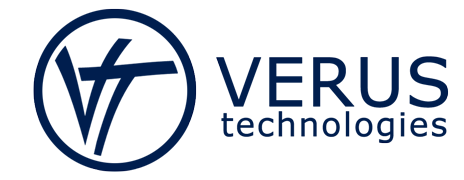Many people are asking about Virtualization and why it’s going to be an important part of our technological future. Here are some examples of what we have done to simplify customer’s server and workstation needs with VMware.
Customer 1
- Host 1
- Installed base operating system of Windows Server 2003 as the host
- Installed VMware’s free Virtual Server product
- Clients
- Installed Windows Server 2003 as primary domain controller, Exchange Server, File Server
- Installed Windows Server 2003 as secondary domain controller, Microsoft Office SharePoint Server
Performance has been great. Reliability? Current uptime is 179 days, 5 hours. Can you say that about your Exchange Server and your MOSS server?
- Host 2
- Installed base operating system of Windows Server 2003 as the host
- Installed VMware’s free Virtual Server product
- Clients
- Installed 2 instances of Windows XP Service Pack 2 as clients
- Installed QuickBooks multi user on each client
The use of this second host was created for various users to have easy, stable remote access to a shared QuickBooks environment. Again, performance is better than before with physical boxes used for remote access. Reliability? How about 177 days, 5 hours. Can you say that about your Windows XP machines?
We currently have 3 other customers that we setup with a very similar configuration to enable easily managed remote access to XP workstations.
Customer 2
In a similar fashion, we have utilized VMware ESX to consolidate a customer’s server infrastructure. VMware ESX is a base installed operating system with the Host system in place. We migrated 5 physical servers and created 7 new installs of virtual servers. This enabled the customer to not only power down 5 physical machines as well as utilize existing hardware to setup 7 new servers, resulting in significant power savings and an increase in resource utilization.
Additionally, we utilize VMware on our local laptops to create additional XP, Vista and Linux machines so that we can test scenarios, software, and not worry about disruption in our production machines.
VMware has a product for Apple as well called Fusion. It enables an Apple user to run any version of Windows, Linux and other operating systems within the Mac OS, simultaneously. In addition the Fusion product allows for applications within the Windows client to be able to run as a separate standalone window on the Mac OS desktop. So, you can have your Apple software (Safari, iTunes, iPhoto, etc…) running on your desktop while you are looking at Microsoft Money as well, just as if it were an application built for the Apple.
What does all this mean?
- Increased utilization of physical resources
- Reduced energy consumption (carbon footprint)
- Reduced hardware expenditures
- Increased reliability (reduced labor)
- Easier management of redundancy
- Increased capabilities for testing and development
- Much more!
We’ve performed many other virtualization projects, these are just a couple of simple examples. If you’d like to find out more about how virtualization can help your organization (ANY size), contact Rick Stromberg at rick@verustech.com or 214-432-5400×102. He’s our in house VMware Certified Professional.

